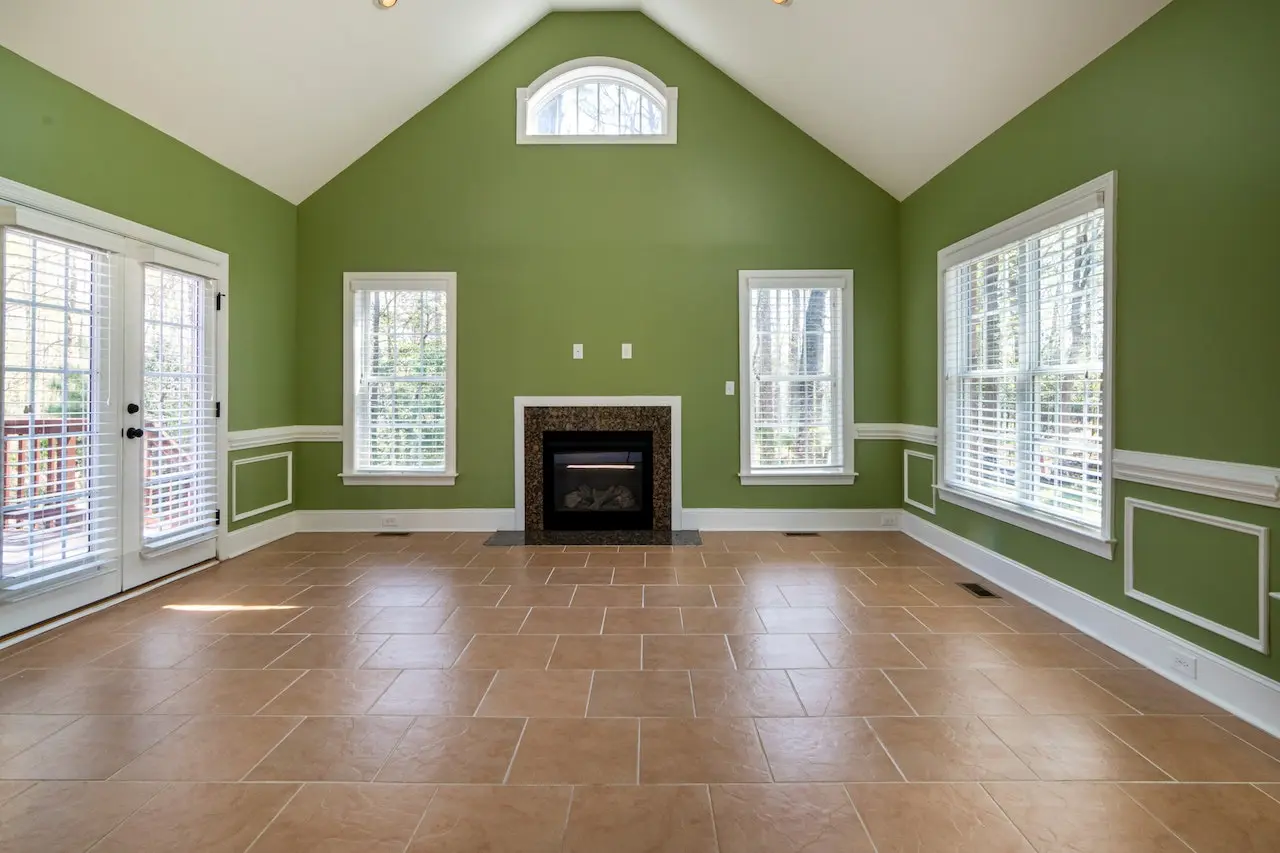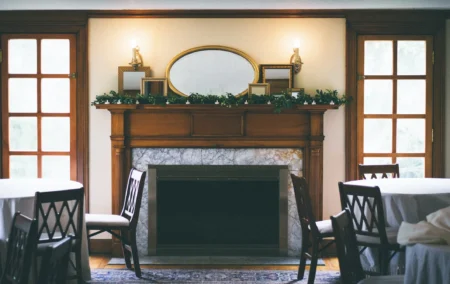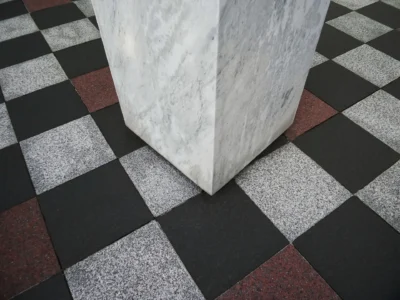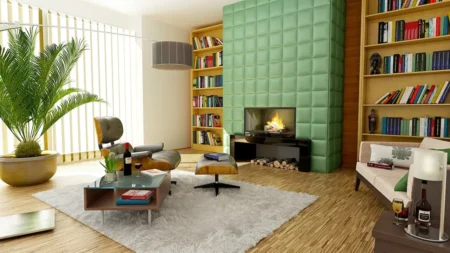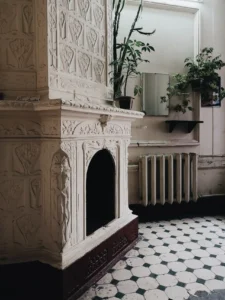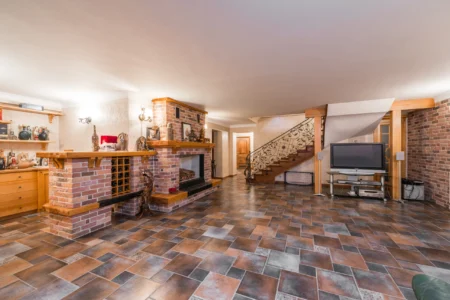The fireplace, a cozy corner of the home, is not just a source of warmth during chilly winters but also a symbol of elegance and style. The right choice of fireplace tiles can significantly enhance the aesthetic appeal of your living space, making it a focal point of your home. In this blog post, we will explore the best types of fireplace tiles that can transform your fireplace into a stunning masterpiece.
Exploring the Aesthetics: Different Types of Fireplace Tiles
Before we delve into the various types of fireplace tiles, it’s important to understand the role they play in enhancing the beauty of your fireplace. Fireplace tiles are not just about functionality; they are also about creating a visual impact that complements your home’s interior design.
- Ceramic Tiles: Ceramic tiles are a popular choice for fireplaces due to their versatility and durability. They come in a plethora of colors, patterns, and finishes, allowing homeowners to customize their fireplaces to their liking. Ceramic tiles are also heat resistant, making them a safe option for fireplaces. With the right design, ceramic tiles can add a touch of elegance and sophistication to your fireplace.
- Porcelain Tiles: Porcelain tiles are known for their durability and resistance to heat, making them an excellent choice for fireplaces. They are available in a variety of designs, from sleek and modern to rustic and traditional. Porcelain tiles can mimic the look of natural stone, providing the elegance of stone without the high maintenance.
- Glass Tiles: For those seeking a modern and chic look, glass tiles are an excellent option. They reflect light, adding a luminous quality to your fireplace. Glass tiles are available in a wide range of colors and designs, allowing you to create a unique and personalized look for your fireplace.
- Stone Tiles: Stone tiles offer a natural and rustic look to your fireplace. They are durable and heat resistant, making them a practical choice for fireplaces. Stone tiles, such as slate, granite, and marble, add a touch of luxury and sophistication to your home.
- Metal Tiles: If you’re aiming for a contemporary and industrial look, metal tiles are the way to go. They are durable, heat resistant, and easy to clean. Metal tiles, such as stainless steel or copper, add a sleek and modern touch to your fireplace.
Each of these tile options has its unique charm and appeal. The choice depends on your personal style, the interior design of your home, and the ambiance you wish to create.
Fireplace Tile Trends for 2023: From Bold Patterns to Natural Stone
As we step into 2023, the world of interior design is witnessing a surge in innovative and exciting trends in fireplace tiles. Let’s explore some of the top trends that are set to redefine the aesthetics of fireplaces in 2023.
- Bold Patterns: One of the most prominent trends for 2023 is the use of bold patterns. Whether it’s geometric shapes, intricate mosaics, or abstract designs, bold patterns are making a big statement. They add a dynamic and vibrant touch to the fireplace, transforming it into a stunning focal point of the room.
- Natural Stone: The timeless appeal of natural stone continues to be a popular trend. Natural stone tiles, such as marble, granite, or slate, bring a touch of nature into your home. They add an element of luxury and sophistication, making your fireplace look elegant and classy.
- Metallic Tiles: Metallic tiles are gaining popularity for their ability to add a contemporary and chic touch to the fireplace. Whether it’s copper, bronze, or stainless steel, metallic tiles add a unique shine and texture to your fireplace, making it stand out.
- Subway Tiles: Subway tiles are making a comeback in 2023. With their simple yet stylish look, subway tiles can create a clean and modern aesthetic. They are versatile and can be arranged in different patterns to create a unique design.
- Herringbone Patterns: Herringbone patterns are a classic that’s making a strong comeback in 2023. This pattern adds a sense of movement and depth to the fireplace, creating a visually appealing design.
These trends offer a blend of traditional and modern aesthetics, allowing homeowners to create a fireplace that reflects their personal style and complements their home decor.
Now, let’s move on to the next section where we will discuss how to mix and match different fireplace tile colors and shapes.
How to Mix and Match Different Fireplace Tile Colors and Shapes
Mixing and matching different tile colors and shapes can create a unique and personalized look for your fireplace. However, it requires a keen eye for design and a good understanding of color theory. Here are some tips to help you mix and match fireplace tiles effectively.
- Understand Color Theory: The first step in mixing and matching tiles is to understand color theory. Complementary colors, which are opposite each other on the color wheel, create a vibrant contrast. Analogous colors, which are next to each other on the color wheel, create a harmonious look. Use this knowledge to choose tile colors that complement each other and your room’s decor.
- Play with Shapes: Don’t limit yourself to square or rectangular tiles. Experiment with different shapes like hexagonal, diamond, or scalloped tiles. Mixing different shapes can add visual interest and depth to your fireplace.
- Consider the Size: The size of the tiles can significantly impact the overall look of your fireplace. Larger tiles can make a small fireplace look bigger, while smaller tiles can add detail and intricacy to a large fireplace. Mix and match different tile sizes to create a unique design.
- Create a Focal Point: Choose a standout color, pattern, or shape to serve as a focal point. This could be a strip of brightly colored tiles or a central pattern. The rest of the tiles should complement this focal point and not compete with it.
- Balance is Key: While mixing and matching can create a unique look, it’s important to maintain balance. Too many colors or patterns can make the fireplace look chaotic. Stick to a limited color palette and a few shapes or patterns.
Mixing and matching fireplace tiles allows you to express your creativity and create a fireplace that is truly unique. However, it’s important to consider the overall design of your room to ensure that your fireplace complements it and doesn’t clash with it.
How to Mix and Match Different Fireplace Tile Colors and Shapes
Mixing and matching different tile colors and shapes can create a unique and personalized look for your fireplace. However, it requires a keen eye for design and a good understanding of color theory. Here are some tips to help you mix and match fireplace tiles effectively.
- Understand Color Theory: The first step in mixing and matching tiles is to understand color theory. Complementary colors, which are opposite each other on the color wheel, create a vibrant contrast. Analogous colors, which are next to each other on the color wheel, create a harmonious look. Use this knowledge to choose tile colors that complement each other and your room’s decor.
- Play with Shapes: Don’t limit yourself to square or rectangular tiles. Experiment with different shapes like hexagonal, diamond, or scalloped tiles. Mixing different shapes can add visual interest and depth to your fireplace.
- Consider the Size: The size of the tiles can significantly impact the overall look of your fireplace. Larger tiles can make a small fireplace look bigger, while smaller tiles can add detail and intricacy to a large fireplace. Mix and match different tile sizes to create a unique design.
- Create a Focal Point: Choose a standout color, pattern, or shape to serve as a focal point. This could be a strip of brightly colored tiles or a central pattern. The rest of the tiles should complement this focal point and not compete with it.
- Balance is Key: While mixing and matching can create a unique look, it’s important to maintain balance. Too many colors or patterns can make the fireplace look chaotic. Stick to a limited color palette and a few shapes or patterns.
Mixing and matching fireplace tiles allows you to express your creativity and create a fireplace that is truly unique. However, it’s important to consider the overall design of your room to ensure that your fireplace complements it and doesn’t clash with it.
Conclusion
Choosing the right tiles for your fireplace is more than just a design decision; it’s a reflection of your personal style and taste. Whether you prefer the timeless elegance of natural stone, the vibrant allure of bold patterns, or the sleek sophistication of metallic tiles, there’s a world of options out there waiting to be explored.
Remember, the key to a stunning fireplace lies in the details – the color, shape, size, and arrangement of the tiles. Don’t be afraid to mix and match different tiles to create a unique design that stands out. But, always keep in mind the overall aesthetic of your room to ensure a harmonious look.
In the end, a well-designed fireplace can do more than warm your home. It can create a cozy and inviting atmosphere, spark conversations, and even increase the value of your home. So, take your time, explore different options, and choose the tiles that best reflect your style and personality.
